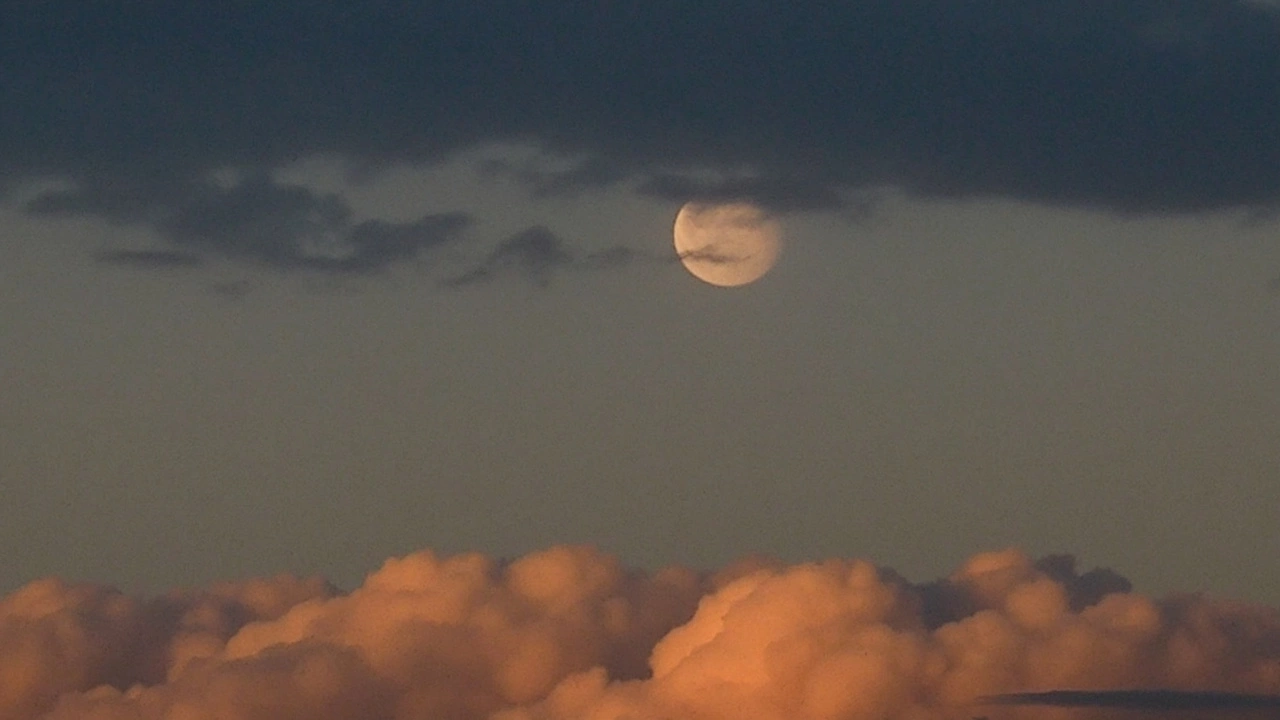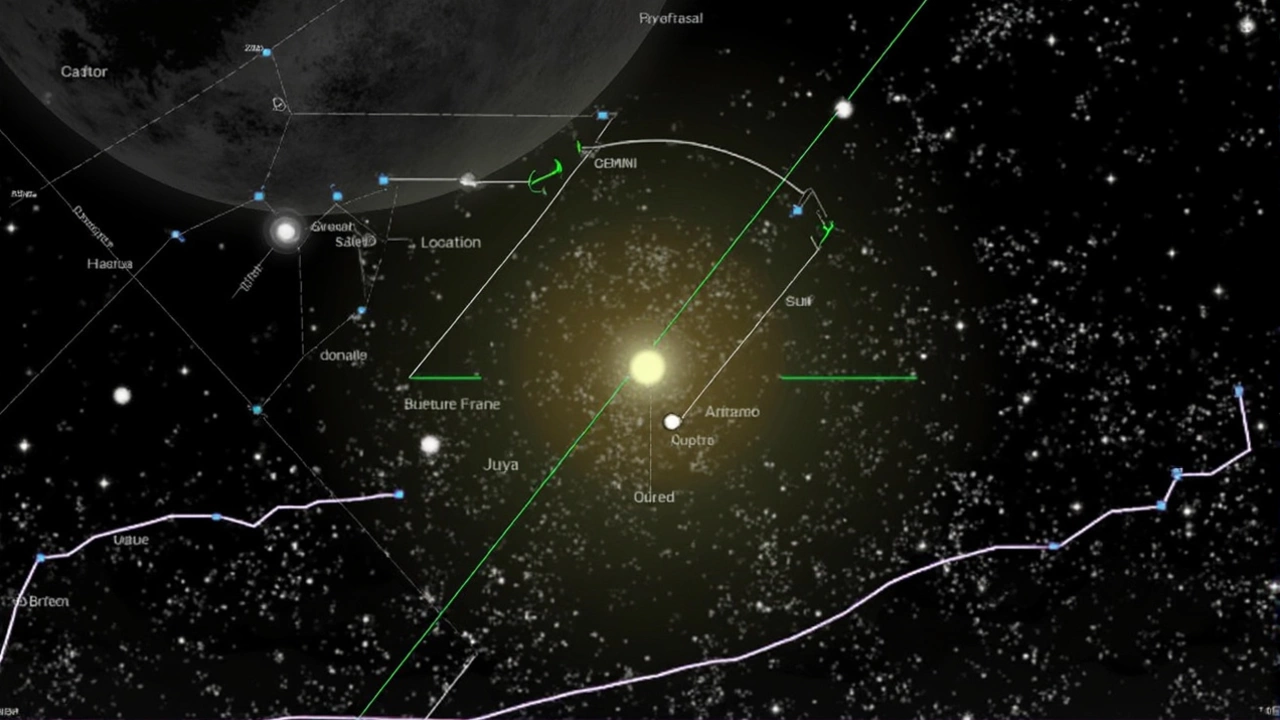Mercury's Big Night Out: June 2025 Skywatching Highlights
If you checked the sky just after sunset in late June 2025, you might have caught a rare treat: Mercury shining at its highest and brightest for the year in the Northern Hemisphere. For New Yorkers and millions in similar latitudes, the real action started just after 9 p.m. on June 25 and 26. Mercury isn’t the easiest planet to spot—it hugs the horizon and usually sinks fast. But for a few precious days, it was the star of the show, about 8 degrees above the western horizon—just enough to clear most rooftops and treetops if you picked your spot right.
On June 25, sunset came at 8:31 p.m. EDT in New York. Patience was key: by 9:15 p.m., Mercury was visible—low, but unmistakably sparkling for those with clear skies. Binoculars helped, and dark, unobstructed views made all the difference. The next evening, on June 26, Mercury hit its highest elevation for the year, holding steady at the 8-degree mark at roughly the same time. If you happened to look west and saw a tiny, thin crescent moon close by, you had the perfect cosmic marker to find the elusive planet.
June 27 brought even more drama. Early that morning, the moon slipped past Mercury, less than 3 degrees apart, though East Coast observers missed the tight dance—it unfolded before dawn. Come evening, the moon had moved, now floating to the left and above Mercury. The pair painted a striking scene just above the sun's afterglow, offering photographers and skygazers an irresistible sight.

Mars Adds a Brief Cameo—But Not for Long
While Mercury and the moon stole the spotlight, Mars lurked nearby. You could spot its reddish flicker low in the west, but each evening saw it dip closer to the sun’s glare. Mars was fighting a losing battle—by August, it would disappear into the twilight, hidden by the sun and out of view as it swung behind our star.
This particular new moon period packed plenty for skywatchers, from Mercury’s highest showing to a celestial meet-up with the crescent moon. Nights like these are rare, so missing it meant waiting several months—or even years—for Mercury to step into the limelight again in this part of the world.
